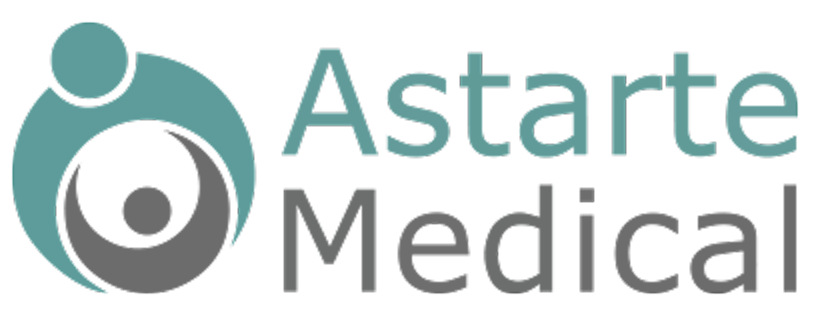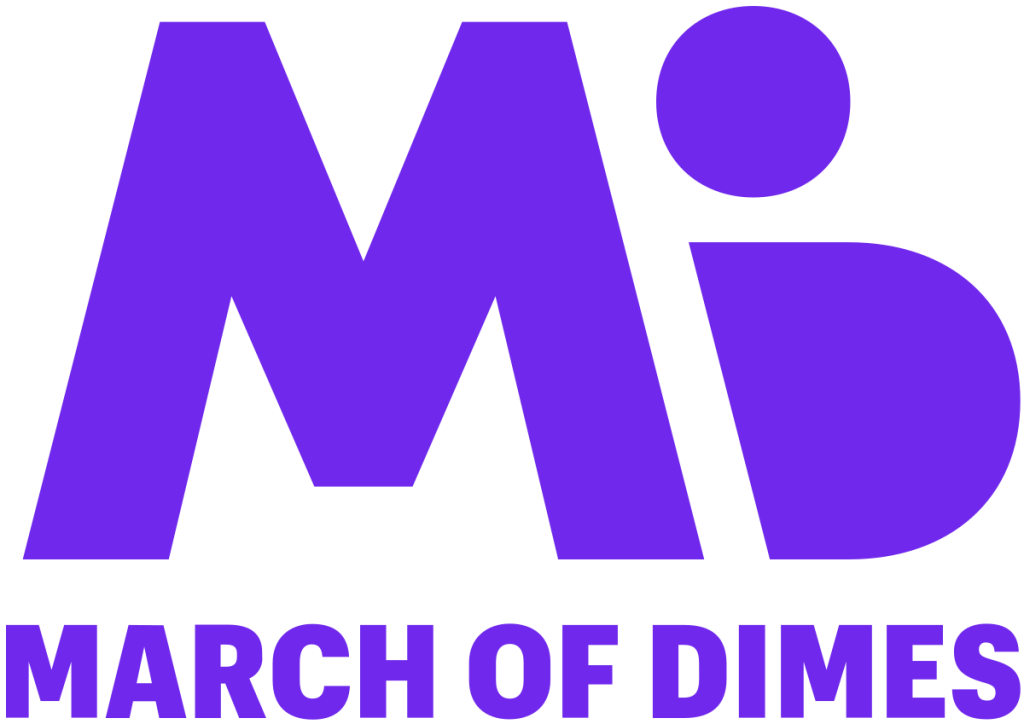Making the Transition to Oral Feeding: Strategies to Support the Preterm Infant
By: Katherine Gregory, PhD, RN, Scientific Founder, Astarte Medical
Preterm labor and birth is a leading cause of pediatric morbidity and mortality worldwide, resulting in an economic demand on the health care system that is estimated at $26.2 billion each year.
Preterm infants born prior to 32 weeks are especially vulnerable as a result of their profoundly immature organ systems and t
Optimal nutrition during infancy is important to ensuring ideal health outcomes throughout childhood and across the lifespan. Ensuring optimal nutrition of the preterm infant is uniquely challenging due to the complex nutritional needs associated with achieving growth and development that approximates intrauterine growth in the setting of increased metabolic demands, neonatal illness, and the stressful extrauterine environment of the newborn intensive care unit (NICU). Furthermore, the immaturity of the preterm infant gut requires that feedings transition from parenteral (IV) to enteral (gavage) routes over the early days and weeks of the newborn’s time in the NICU. Once this transition has occurred, an even more significant transition needs to occur from enteral (gavage) to oral feeding. Achieving the transition to full oral feeding is one of the most important milestones for preterm infants, not only because it signals maturation of their ability to coordinate the suck-swallow-breathe pattern required of oral feeding, but also because it is often a major criterion for discharge to home.
The California Perinatal Quality Care Collaborative (CPQCC), among many other perinatal and neonatal care authorities, have suggested several strategies aimed at optimizing the hospitalized preterm infant’s transition to oral feedings. These include four potentially better practices:
- Infants should be transitioned from gavage to oral feedings when physiologically capable, not based on an arbitrary weight or gestational age criteria.
- NICU healthcare providers should make use of safe techniques for which some evidence exists to effectively facilitate transition to full oral feeding.
- Infants should have regular assessment by skilled providers of oral readiness and feeding performance.
- Infants whose mother intend to breastfeed should be put to breast before being exposed to the bottle.
1. Clinical Assessment Tools and Protocols to Develop Individualized Approach to Oral Feeding Transition
Early research aimed at better understanding the preterm infant’s ability to develop the suck-swallow-breathe coordination required of oral feeding sought to define a gestational age or weight-based criteria for oral feeding. While much of this research was groundbreaking in teaching us more about the preterm infant’s ability to coordinate the suck, swallow, and breathe pattern associated with achieving oral feedings, too much focus may have been placed on defining age and/or weight-based criteria for oral feeding. The consequence of this focus in some settings had been a lack of oral feeding assessments and transition plans tailored to the development of the individual patient. As a result, we now have an opportunity to further develop and implement preterm infant oral feeding assessment tools. Ideally, these assessment tools will result in our ability to develop individualized oral feeding transition plans that are specific to each individual preterm infant. Use of these assessment tools and individualized feeding plans will rely on infants being physiologically capable, which is often defined as showing interest in sucking behavior on a finger, pacifier, or emptied breast, the infant being able to handle their own secretions, and not having bradycardia or desaturation when handled. This approach may result in earlier attainment of full oral feeding for some preterm infants by 36 weeks, rather than at term or post-term adjusted age.
2. Evidence-based Interventions to Effectively Facilitate Transition to Full Oral Feeding and Breastfeeding
In addition to the use of clinical assessment tools to determine infant driven oral feeding progression, there are several evidence-based interventions that have been shown to be safe and effective in promoting oral feeding, notably breastfeeding. Skin-to-skin care is often the first step towards a mother feeling comfortable and confident in holding her preterm infant in advance of oral feeding or breastfeeding. This intervention is common, and for most infants, can be started soon after birth. Nonnutritive sucking or breastfeeding (practicing breastfeeding on a breast emptied by pumping), can also help with early introduction of oral feeding and breastfeeding. Test weighing, which is done by weighing the baby before and after oral feeding or breastfeeding, has been shown to be a valid measure of oral feeding and can be used to give real-time feedback to the mother-infant dyad about feeding and the potential need for supplementation. Test weighing has also been shown to reduce maternal stress associated with oral feeding and breastfeeding. Many of these interventions rely on mothers being physically present in the NICU with their infant. As more NICUs transition to single-patient occupancy rooms and liberalized family visiting policies, mothers have an increased ability to room-in with their NICU babies. These changes are critical to supporting oral feeding and breastfeeding outcomes among preterm infant-mother dyads.
3. Routine Assessment by Skilled Providers of Oral Readiness and Feeding Performance
Oral feeding requires several complex physiologic systems to work in precise coordination with one another. For the preterm infant, these systems take time to develop and often, they do not develop in perfect sequence with one another. For example, until the infant develops maturity of the neurological, cardio-respiratory, oral motor, gastrointestinal, and suck, swallow, breath coordination, oral feeding will be delayed. Providers who are skilled in assessing the development of each of these systems in coordination with one another are ideally needed to direct the advancement of individualized oral feeding regimens. These providers can be found in neonatal occupational therapists (OT)/speech language pathologists (SLP), certified lactation professionals (IBCLCs, CLC, CLE, ALC, ANLC), and nurses or other caregivers with specialized training in infant-driven feeding or neonatal oral-motor assessment. Bringing the skill set of these providers to the bedside of preterm infants who are in the process of mastering oral feeding will be a priority for NICUs who aim to help infants meet this milestone prior to hospital discharge or soon after from the home environment.
4. If Mom Intends to Breastfeed, Start with Breastfeeding
Evidence has shown that exposure to human milk during infancy and early childhood is associated with both short- and long-term health outcomes. This is especially true among preterm infants, where a human milk diet has been shown to protect against serious gastrointestinal disease. While we have made significant improvements in the number of preterm infants who are fed human milk (either mother’s own milk or pasteurized donor human milk), the number of preterm infants who are discharged from the NICU directly breastfeeding remains low. Breastfeeding is uniquely challenging for preterm infants. However, it can be achieved and is beneficial to the mother-infant dyad in the long-term. For example, breastfeeding infants have been shown to have more stable oxygen saturations and body temperatures when compared to bottle-feeding infants, which have been attributed to less interruption in breathing with breastfeeding. These factors need to be balanced against the decreased amount of milk transferred and thus consumed by the preterm infant when directly breastfeeding, which can be overcome by supplementation via bottle feedings. In short, if a mother intends to breastfeed her preterm infant, starting the baby at breast, rather than a bottle, may result in improved breastfeeding and overall oral feeding achievement upon NICU discharge.
Summary: Preterm Infant Oral Feeding and Healthcare in the COVID19 Era
Achieving full oral feeding is an important milestone for preterm infants; it is one of the most complex physiologic tasks a preterm infant must achieve and usually a major criterion for discharge. Oral feeding delays place preterm infants at risk of prolonged hospitalization and even readmission following discharge home. Since each infant develops the various skills needed for oral feeding in an individualized manner, the above referenced strategies may prove helpful in supporting the preterm infant in achieving oral feeding as soon as possible. As a result of COVID19, health care has rapidly changed and will continue to integrate new changes aimed at decreasing the risk of viral illness transmission and keeping people safely out of the hospital. In the NICU, these changes have included limitations in the number of parents allowed at the infant’s bedside, an increased emphasis on virtual care among providers, and an accelerated path to discharge home. Thus, we need to rapidly implement new technologies and software platforms that increase our ability to include all caregivers in the infant’s care regardless of their location, facilitate more advanced virtual care between the hospital and home, and guide oral feeding trajectories so that the infant can attain oral feeding as soon as possible and possibly in the parent’s care at home. The use of new technologies and increased virtual care in the COVID19 era of health care appears to be one of the innovations that we have an opportunity to further spread to the NICU. Use of these technologies may be one of the positive outcomes that results from the COVID19 pandemic.




